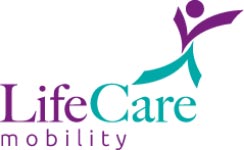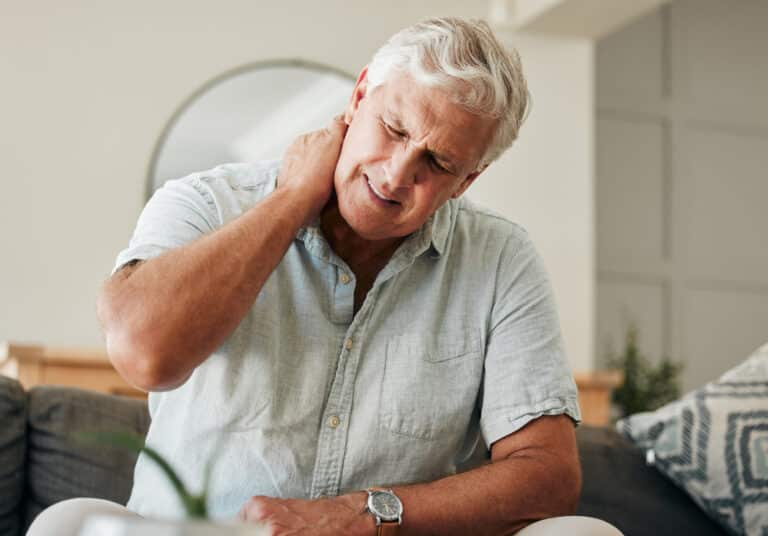“It’s such a pain in the neck!” Most of us have uttered this popular euphemism at some point or another. However, for many people, legitimate neck pain is a daily nuisance. The elderly are particularly vulnerable due to the natural degenerative changes that occur in the cervical spine over time. What are some of the top culprits responsible for neck pain among elderly people?
Age-related degeneration.
The aging process takes a toll on our bodies, including the spine. As we grow older, the discs between our vertebrae lose their hydration and cushioning properties. This leads to degeneration. This age-related wear and tear can result in conditions like cervical osteoarthritis and cervical spondylosis. These conditions are known for causing neck pain as well as stiffness and reduced mobility.
Engaging in low-impact exercises, maintaining good posture and avoiding excessive strain on the neck can help alleviate these symptoms.
Herniated discs.
“Herniated disks can cause neck pain,” informs Dr. Peter J. Moley on MerckManuals.com, “The disks between each of the vertebrae have an outer layer of cartilage (a tough, fibre-like tissue) and a soft, jelly-like interior. If a disk is repeatedly squeezed by the vertebrae above and below it, the outer layer may tear (rupture), causing pain. The interior of the disk can bulge out through the tear (herniate).”
Rest, physical therapy, and in severe cases, surgical intervention, can help to manage herniated discs and relieve neck pain.
Poor posture.
Many elderly individuals develop poor posture habits over the years. The acts of slouching or craning the neck forward are common among older adults. Prolonged periods of incorrect posture put extra strain on the neck muscles and ligaments, leading to chronic neck pain. Encouraging proper posture through gentle exercises, ergonomic adjustments and awareness of body alignment can make a significant difference in reducing neck pain.
“Tight chest muscles can contribute to your head jutting forward,” explains physical therapist, Gavin Morrison on Spine-Health.com, “By stretching out your pectoralis major and minor, your shoulders and head may have an easier time staying pulled back and in good posture.”
Cervical spinal stenosis.
“Cervical spinal stenosis describes the condition in which the space inside the spine canal becomes narrowed,” says Dr. Moley, “In the cervical spine this results in compressing the thecal sac (the outer covering of the spinal cord), often the spinal cord, and/or its nerve roots. The usual cause is a combination of osteoarthritis, disk degeneration, and thickening of the soft tissues in the neck.”
Treatment options range from conservative approaches like pain management and physical therapy to surgical intervention in severe cases.
Osteoporosis.
This is a condition characterized by weakened bones. It increases the risk of fractures, including those in the cervical spine. Minor falls or even sudden movements can lead to neck fractures in elderly individuals who have osteoporosis.
Prevention is key. It’s crucial to ensure an adequate intake of calcium and vitamin D, along with regular weight-bearing exercises. Fall prevention strategies, such as removing hazards at home and using assistive devices, can also reduce the risk of fractures.
Naturally, it can be harder to sleep when neck pain is an issue.
Home hospital beds allow individuals to increase sleeping comfort by adjusting bed positioning with proper therapeutic mattress surfaces. To learn all about them, please don’t hesitate to call LifeCareMobility Solutions at 416-267-9800 or email us at info@lifecaremobility.ca. You may also contact us by filling out the form on our Contact page!










